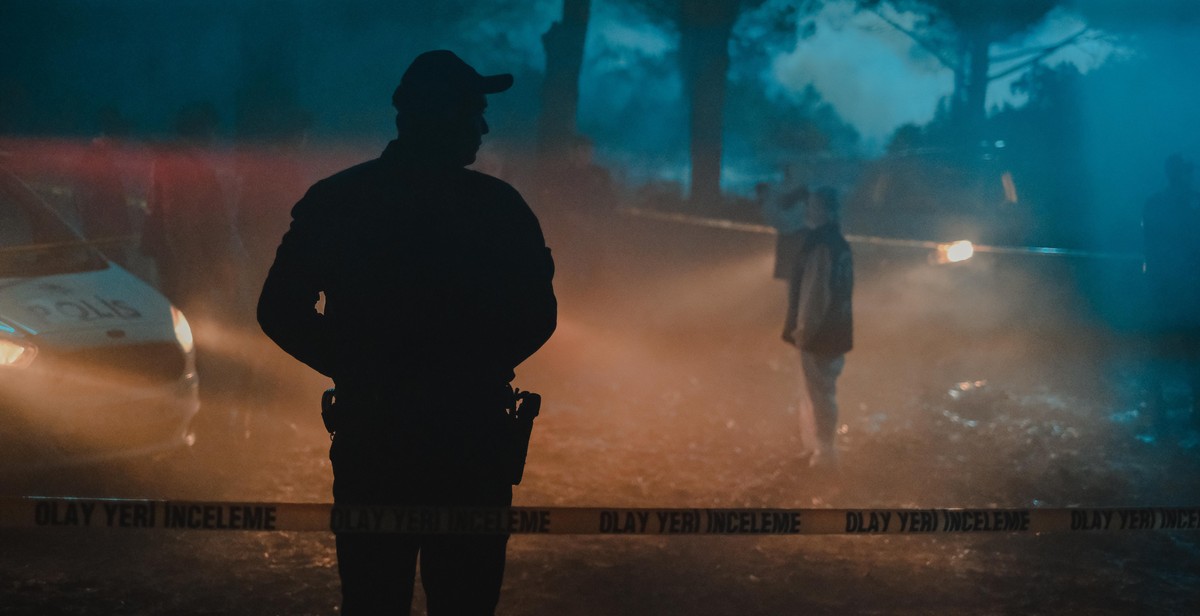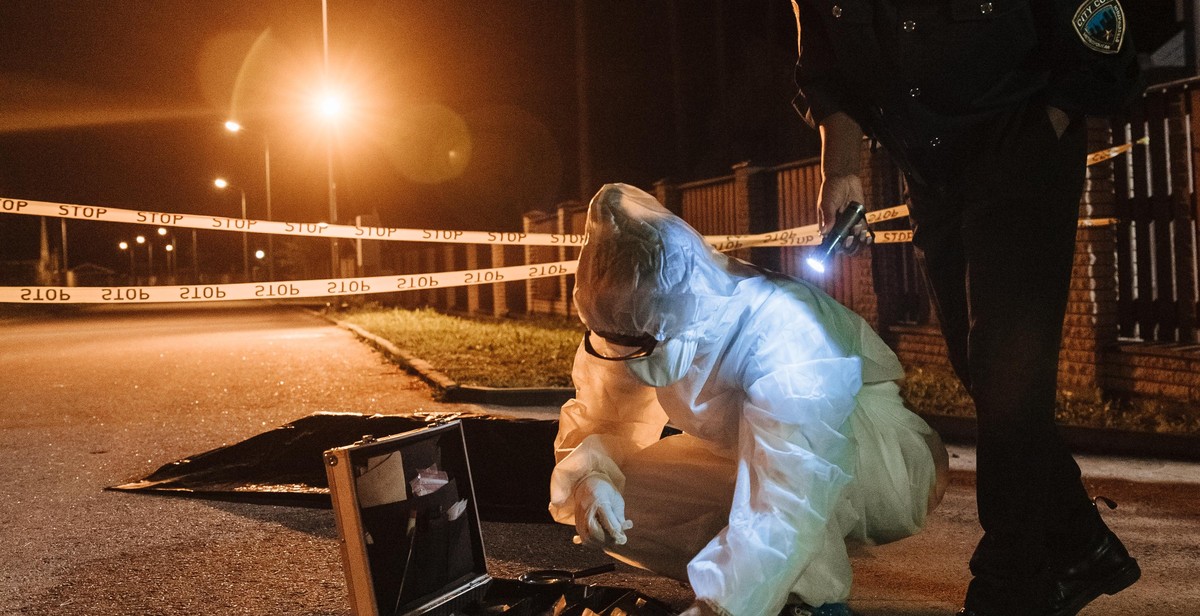How to Investigate a Crime Scene: Procedures and Guidelines for Conducting a Criminal Investigation
As a professional article writer and content creator with extensive experience in the field of criminal investigations, I have had the opportunity to witness firsthand the importance of proper crime scene investigation procedures. Conducting a thorough and effective investigation is crucial in ensuring that justice is served, and the right person is held accountable for their actions.
The Importance of Crime Scene Investigation Procedures
Crime scene investigation procedures are designed to ensure that all available evidence is collected, processed, and analyzed in a way that is admissible in court. Failure to follow proper procedures can result in evidence being deemed inadmissible, which can severely impact the outcome of a criminal case.
Proper crime scene investigation procedures also help to ensure the safety of investigators and other personnel who may be present at the scene. By following established protocols and guidelines, investigators can minimize the risk of contamination or injury.
Guidelines for Conducting a Criminal Investigation
When conducting a criminal investigation, there are several guidelines that investigators should follow to ensure that all available evidence is collected and analyzed properly. These guidelines include:
- Securing the crime scene
- Documenting the scene
- Collecting and preserving evidence
- Analyzing the evidence
- Interviewing witnesses and suspects
- Preparing a comprehensive report
By following these guidelines and procedures, investigators can ensure that all available evidence is collected and analyzed in a way that is admissible in court, ultimately leading to a successful prosecution and the delivery of justice.

What is a Crime Scene Investigation?
A crime scene investigation is a systematic and scientific process of gathering and analyzing evidence from a crime scene to determine what happened, who was involved, and how it occurred. It is a crucial element in solving crimes and bringing justice to victims. Crime scene investigations are conducted by trained professionals, such as law enforcement officers, forensic scientists, and crime scene investigators.
The Importance of Crime Scene Investigations
Crime scene investigations are essential in solving crimes because they provide evidence that can be used in court. The evidence can help identify suspects, link them to the crime, and provide information about the crime itself. Crime scene investigations can also help exonerate innocent individuals who may have been wrongly accused of a crime.
The Process of Crime Scene Investigations
The process of crime scene investigations involves several steps:
- Securing the crime scene to prevent contamination or alteration of evidence.
- Documenting the scene through photography, sketches, and notes.
- Collecting physical evidence, such as fingerprints, DNA, and weapons.
- Processing the evidence in a laboratory to analyze and compare it to known samples.
- Reconstructing the crime scene to determine what happened.
The Role of Forensic Science in Crime Scene Investigations
Forensic science plays a vital role in crime scene investigations. Forensic scientists analyze physical evidence collected from the crime scene to provide objective and scientific information about the crime. They use various techniques, such as DNA analysis, fingerprint analysis, and ballistics testing, to identify suspects and link them to the crime.
| Technique | Description |
|---|---|
| DNA Analysis | Compares DNA samples to identify suspects. |
| Fingerprint Analysis | Compares fingerprints to identify suspects. |
| Ballistics Testing | Compares bullets and firearms to identify the weapon used in the crime. |
Overall, crime scene investigations are a critical component of the criminal justice system and help ensure that justice is served for victims of crimes.

The Role of a Crime Scene Investigator
A crime scene investigator (CSI) is responsible for gathering and analyzing evidence from a crime scene. The main objective of a CSI is to collect evidence that can be used to solve a crime and bring the perpetrator to justice.
Responsibilities of a Crime Scene Investigator
A CSI has a range of responsibilities that include:
- Securing the crime scene to ensure that evidence is not contaminated or destroyed
- Collecting physical evidence such as fingerprints, DNA samples, and fibers
- Photographing and sketching the crime scene to create a visual record of the evidence
- Interviewing witnesses and gathering information from them
- Working closely with forensic scientists and other professionals to analyze evidence
- Preparing detailed reports that can be used in court
Qualifications for Becoming a Crime Scene Investigator
To become a CSI, you must have the following qualifications:
| Qualification | Description |
|---|---|
| Bachelor’s degree | Most CSIs have a degree in forensic science, biology, chemistry, or a related field |
| Experience | Some agencies require experience in law enforcement or a related field |
| Training | CSIs must complete specialized training in evidence collection, crime scene analysis, and report writing |
| Skills | CSIs must have strong analytical skills, attention to detail, and the ability to work under pressure |
Overall, a CSI plays a critical role in criminal investigations by gathering and analyzing evidence that can be used to solve crimes. To become a CSI, you must have the right qualifications, training, and skills.

Preparing to Investigate a Crime Scene
Before heading to the crime scene, it is crucial to prepare yourself and your team to ensure a thorough and efficient investigation. Here are some steps to take:
Securing the Crime Scene
Upon arriving at the crime scene, the first step is to secure the area to prevent contamination or destruction of evidence. This involves:
- Establishing a perimeter around the scene with crime scene tape or other barriers
- Restricting access to authorized personnel only
- Turning off any electronic devices that could interfere with evidence, such as cell phones
- Identifying and detaining any potential suspects or witnesses
Documenting the Crime Scene
Once the scene is secured, it is time to start documenting the evidence. This involves:
- Creating a written record of observations, including the time and date of arrival, weather conditions, and any other relevant details
- Taking photographs and videos of the scene, including close-ups of evidence and overall shots of the area
- Sketching a diagram of the scene, including the location of evidence and any other important details
- Collecting physical evidence, such as fingerprints, DNA, and weapons, using appropriate techniques and tools
- Labeling and packaging evidence properly to prevent contamination or damage
By following these steps, you and your team can ensure that the crime scene is properly secured and documented, setting the stage for a successful investigation.

Collecting and Preserving Evidence
Collecting and preserving evidence is crucial in a criminal investigation. There are different types of evidence that can be found at a crime scene, including physical, biological, and trace evidence. Each type of evidence requires different collection and preservation methods to ensure its integrity.
Types of Evidence
Physical evidence: This includes any object or material that can be touched, such as weapons, clothing, and fingerprints.
Biological evidence: This includes any evidence that comes from a living organism, such as DNA, blood, and saliva.
Trace evidence: This includes any evidence that is left behind by a person or object, such as hair, fibers, and soil.
Collection Methods
Collection methods for each type of evidence differ. Physical evidence should be collected using gloves and placed in separate containers to avoid cross-contamination. Biological evidence should be collected using sterile swabs or collection kits to avoid contamination and degradation. Trace evidence should be collected using adhesive tape or vacuuming to avoid loss or contamination.
Preservation Methods
Preserving evidence is crucial to maintain its integrity. Physical evidence should be stored in a cool, dry place to avoid degradation or contamination. Biological evidence should be stored in airtight containers and kept in a cool, dry place to avoid degradation. Trace evidence should be stored in airtight containers to avoid contamination or loss.
| Evidence Type | Collection Method | Preservation Method |
|---|---|---|
| Physical | Gloves and separate containers | Cool, dry place |
| Biological | Sterile swabs or collection kits | Airtight containers, cool, dry place |
| Trace | Adhesive tape or vacuuming | Airtight containers |

Analyzing Evidence
Once the evidence has been collected and processed, the next step is to analyze it. This involves examining the evidence in detail to determine its relevance to the case and identify any potential leads that may help solve the crime.
Processing Evidence
Before analyzing the evidence, it is important to ensure that it has been properly processed. This includes labeling, packaging, and storing the evidence in a secure location to prevent contamination or tampering. The evidence should also be documented and tracked throughout the entire process to maintain its chain of custody.
Analyzing Techniques
There are various techniques used to analyze evidence, including:
- Forensic testing: This involves using scientific methods to analyze physical evidence such as DNA, fingerprints, and ballistics to link suspects to the crime scene.
- Pattern analysis: This involves examining patterns and trends in the evidence to identify potential suspects or motives.
- Behavioral analysis: This involves analyzing the behavior of the victim and suspect to identify potential motives or connections.
- Witness interviews: This involves interviewing witnesses to gather additional information and potentially identify suspects.
It is important to use a combination of these techniques to ensure a thorough analysis of the evidence. The results of the analysis can then be used to develop leads and potential suspects for further investigation.
| Tip: | It is important to approach the analysis of evidence with an open mind and avoid making assumptions or jumping to conclusions based on limited information. |
|---|

Conclusion
Investigating a crime scene is a complex and challenging process that requires a high level of skill, attention to detail, and patience. It is not a task that can be taken lightly, as the results of the investigation can have a significant impact on the lives of the people involved.
By following the procedures and guidelines outlined in this article, investigators can ensure that they conduct a thorough and effective investigation that leads to a successful prosecution.
Key Takeaways
- Crime scene investigation is a critical aspect of criminal justice.
- Investigators must be prepared and equipped with the necessary tools and knowledge to conduct a thorough investigation.
- The first step in investigating a crime scene is to secure and document the area.
- Investigators must collect and analyze physical evidence to establish a timeline, identify suspects, and build a case.
- Proper documentation and communication are essential throughout the investigation.
Continued Learning
Investigating a crime scene is a complex and ever-evolving field. As such, it is essential for investigators to stay up-to-date with the latest techniques, tools, and technologies. Continued learning and professional development are critical for success in this field.
Whether through attending training courses, participating in industry events, or reading industry publications, investigators should make a concerted effort to stay informed and continuously improve their skills.
| Author | Title | Publication | Date |
|---|---|---|---|
| Douglas, J. E. | Investigative and forensic interviewing: A personality-focused approach | John Wiley & Sons | 2017 |
| Fisher, B. A., & Tilstone, J. L. | Introduction to criminalistics: The foundation of forensic science | Academic Press | 2019 |
| Lyle, D. P., & Lyle, N. P. | Crime scene investigation | Cengage Learning | 2015 |
